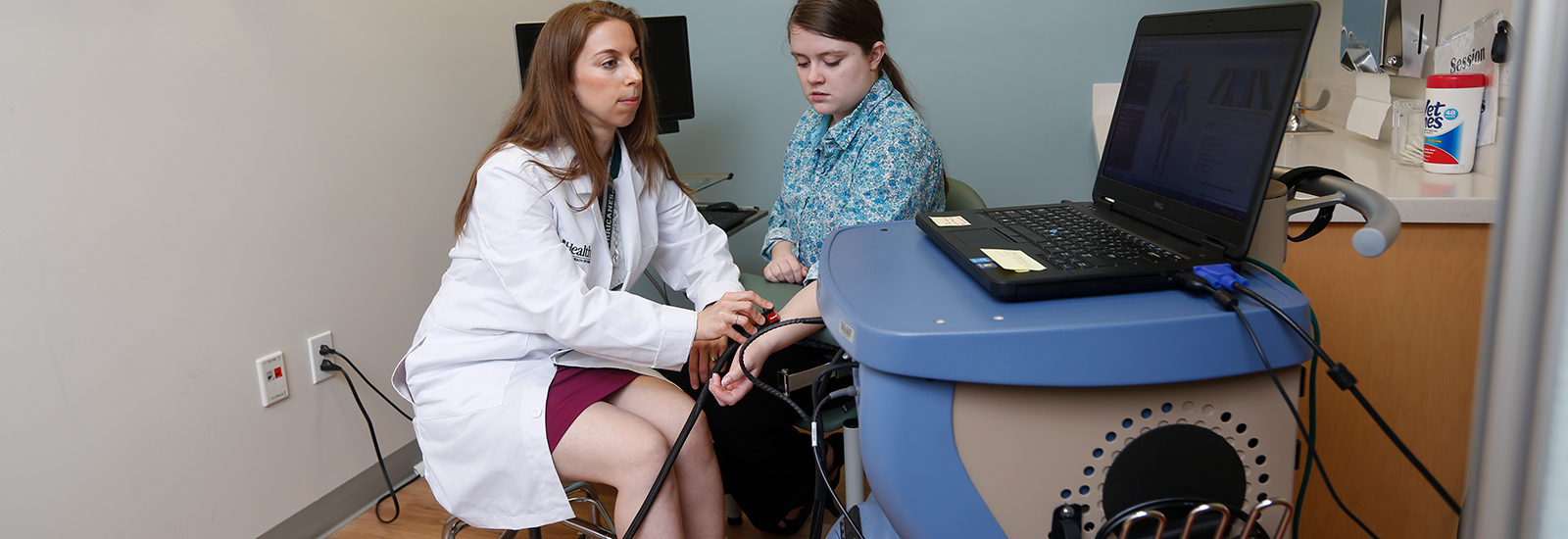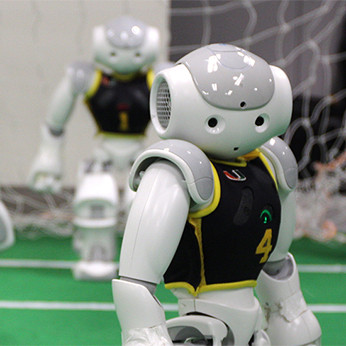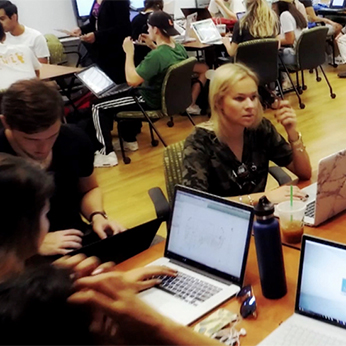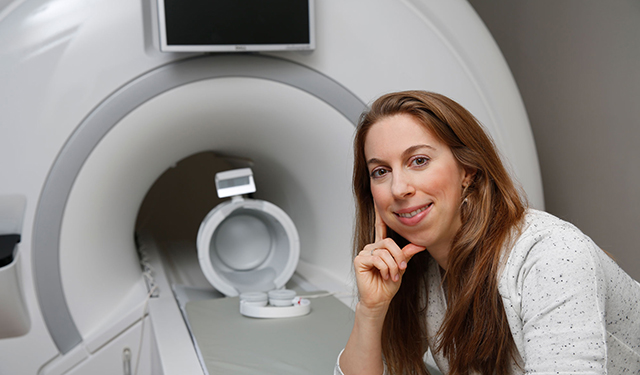Losin was provided with start-up money from the University, as relatively new faculty at UM, to set up her lab and gather initial data that can then be used to vie for follow-up funds from external granting agencies. Since 2015, she has been working with her team to understand the psychological and brain processes that are underlining our everyday social and cultural interactions and how these might influence the context of the pain experience.
“We’re trying to determine how social and cultural factors adjust the volume on people’s pain experiences,” she said, “because part of what we think is contributing to those disparities are social and cultural processes that range from experiences people have had throughout their lives, like discrimination, to experiences that they’re having acutely in the doctor’s office.”
One of the current studies in Losin’s lab enlists undergraduate students to play the parts of clinicians (pre-medical students) and patients. The closeness in age between these mock clinicians and patients helps reduce some of the variability of this factor in the analysis, and allows the researchers to hone in on contextual factors of the setting and the interaction between these two individuals.
“Most of the previous studies looking at demographic effects on pain are focused on the characteristics of the pain sufferer, the person in pain, but don’t address the context in which they’re experiencing the pain and talking about it to others,” said Losin. “We’re really focusing on those contextual effects and how they might modulate somebody’s report, and also potentially their internal experience.”
From this data, the researchers have already applied for federal funding to ask more nuanced pain perception and treatment questions of the human brain.
“With this potential grant, we’d be looking at how clinicians perceive the pain of their patients and how that perception affects how they treat it,” said Losin. “What we’re trying to do is pit two potential contributors to these disparities against each other. One is the stereotypes clinicians hold, such as those about pain sensitivity of different groups or about drug abuse, for example.”
The more novel part of the grant, Losin added excitedly, is related to empathy at a very low, neural level.
“This other potential contributor, which can only be accessed with brain imaging, is that clinicians have less pain-related brain activity in their own brains when looking at patients who don’t share their own demographic characteristics,” she said. “This phenomenon has been demonstrated repeatedly in the social neuroscience literature, but it has not really been applied to understanding pain treatment disparities.”
This recently submitted grant is aimed at addressing disparities in opioid prescribing.
“We’re trying to see, are these disparities mostly driven by top-down cognitive biases related to stereotypes, or is it really this bottom-up empathy bias at an unconscious, neural level? Or both? It’s probably both, but understanding the different mechanisms of these disparities can ultimately help us design more targeted interventions aimed at reducing them,” said Losin.
To develop strategies to reduce disparities in health and, specifically, pain, Losin champions for understanding these disparities at a foundational, mechanistic level in the brain, “the final frontier—where it all goes in and comes out,” she said. “If we don’t know what is going on in the brain, then it’s really hard to understand the behavior that emerges from it.”







